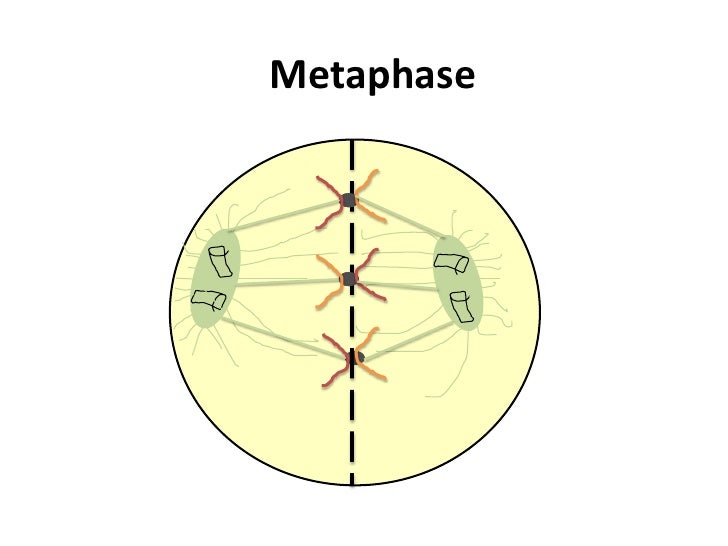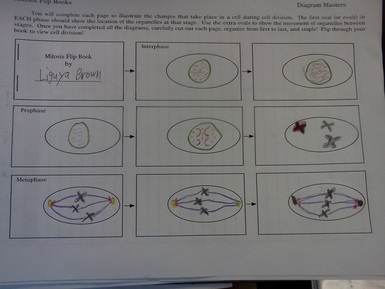


This task has been designed to be used by students, parents, and teachers in distance and home learning. Students engage in science and engineering practices to figure out what happens in cells that make them grow the way they do. Today's task, How are cancer cells different from normal cells ?, creates an opportunity for students to look at examples of how normal cells divide and compare them to how cancer cells divide. In today's Daily Do, we use the phenomenon of a teen diagnosed with Stage III melanoma (see video below) to prompt students to think about cancer differently than they have in the past. When used, the flip-book shows a full mitosis processġ6.002 The student shows the parts of the cell correctly in stated colors for all slides.Cancer is a topic often covered in high school biology class at the end of a unit on cells as an example of what happens when cells do not divide properly or divide uncontrollably without regulatory mechanisms. However, when used as a phenomena, it can allow for students to use cancer as a vehicle for understanding cell division. When used, the flip-book is able to show a mostly correct When used, the flip-book is able to show a partially correct mitosis process When used, the flip-book is able to show some of the mitosis process correctly

Meeting Expectations Exceeding Expectations Not Attemptedġ6.001 The student has six phases from the notes represented correctly.ģ of the 6 reference slides are correctly represented.Ĥ of the 6 reference slides are correctly represented.ĥ of the 6 reference slides are correctly represented.Ħ of the reference slides are correctly represented.ġ6.003 The student has transitions for the slides between the six phases found in the notes.ģ of the 9 transition slides are correctly representedĥ of the 9 transition slides are correctly representedħ of the 9 transition slides are correctly representedĩ of the transition slides are correctly represented.ġ6.002 The student shows progression over time for the slides. The correct cell parts are present and correctly colored for each slide.īelow Expectations Approaching Expectations Progression over time can be seen when the flip-book is used. Nine slides correctly representing transition between the six “mile-stone” slides. Six “mile-stone” slides correctly represented from notes.

Mitosis flip-book rubric Points Possible: 40 required fields: 1.


 0 kommentar(er)
0 kommentar(er)
